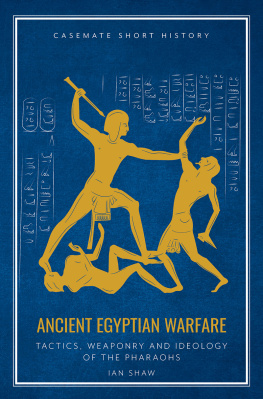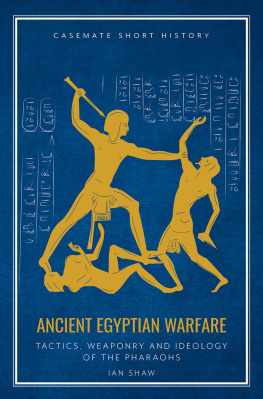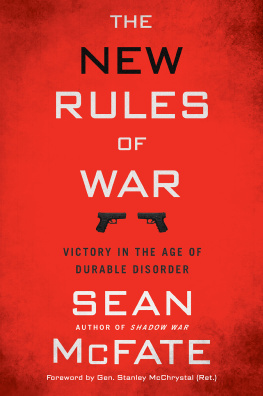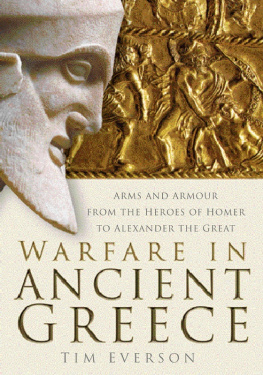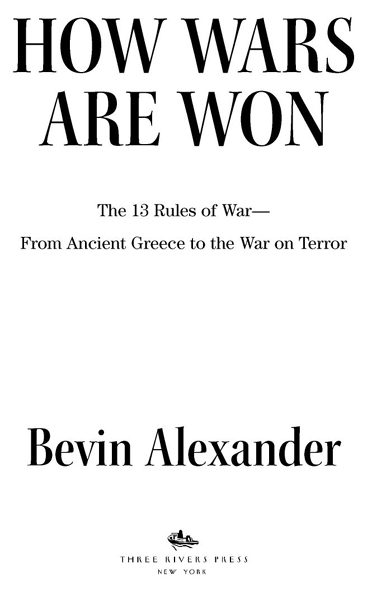Alexander - How wars are won : the 13 rules of war-- from ancient Greece to the war on terror
Here you can read online Alexander - How wars are won : the 13 rules of war-- from ancient Greece to the war on terror full text of the book (entire story) in english for free. Download pdf and epub, get meaning, cover and reviews about this ebook. City: New York, year: 2002, publisher: The Crown Publishing Group;Crown Publishers, genre: Politics. Description of the work, (preface) as well as reviews are available. Best literature library LitArk.com created for fans of good reading and offers a wide selection of genres:
Romance novel
Science fiction
Adventure
Detective
Science
History
Home and family
Prose
Art
Politics
Computer
Non-fiction
Religion
Business
Children
Humor
Choose a favorite category and find really read worthwhile books. Enjoy immersion in the world of imagination, feel the emotions of the characters or learn something new for yourself, make an fascinating discovery.

How wars are won : the 13 rules of war-- from ancient Greece to the war on terror: summary, description and annotation
We offer to read an annotation, description, summary or preface (depends on what the author of the book "How wars are won : the 13 rules of war-- from ancient Greece to the war on terror" wrote himself). If you haven't found the necessary information about the book — write in the comments, we will try to find it.
Turning to the thirteen essential rules of battle, Alexander devotes a chapter to each, offering riveting accounts of four or five crucial historical battles that were won or lost because of either the brilliant or the disastrously unsuccessful application of that rule. Highlighting the crucial command decisions of the mastersincluding Alexander the Great, Genghis Khan, Napoleon Bonaparte, Stonewall Jackson, Erwin Rommel, and Douglas MacArthurhe brings the drama and challenge of military command vividly to life. The rules include:
Feign retreat: Pretend to be defeated, fake a retreat, and then ambush your enemy when youre being pursued. This rule is especially relevant to guerilla-style warfare and was used to devastating effect by the North Vietnamese against U.S. forces during the Vietnam War.
Strike at enemy weakness: Avoid the enemys strength entirely by refusing to fight pitched battles, an alternate method running alongside conventional war from the earliest days of human conflict. Its the most successful form of war but has been little recognized until recent years. This rule was followed brilliantly by Mao Zedong to defeat the Chinese Nationalists.
Defend, then attack: Gain possession of a superior weapon or tactical system, induce the enemy to launch a fruitless attack, then go on the offensive. This rule was employed repeatedly by the Eastern Roman general Belisarius against the Goths to reclaim vast stretches of the Roman Empire.
From Crcy and Waterloo to Gettysburg and Austerlitz, Alexanders accounts of famous battles offer fresh, surprising insights into the pivotal command decisions that won the day. How Wars Are Won also tells the fascinating story of the ways in which new technologies have consistently created both new oppor-
tunities and troubling challenges in warfare, being employed to ingenious effect by some commanders while remaining horribly misunderstood by others.
Heading into twenty-first-century warfare, we must use the lessons of history to guide us in shaping the strategies and tactics we need to win. How Wars Are Won is essential reading for all who are keen to understand the challenges of this new kind of war and how the wisdom of the past masters can be applied today
Alexander: author's other books
Who wrote How wars are won : the 13 rules of war-- from ancient Greece to the war on terror? Find out the surname, the name of the author of the book and a list of all author's works by series.







